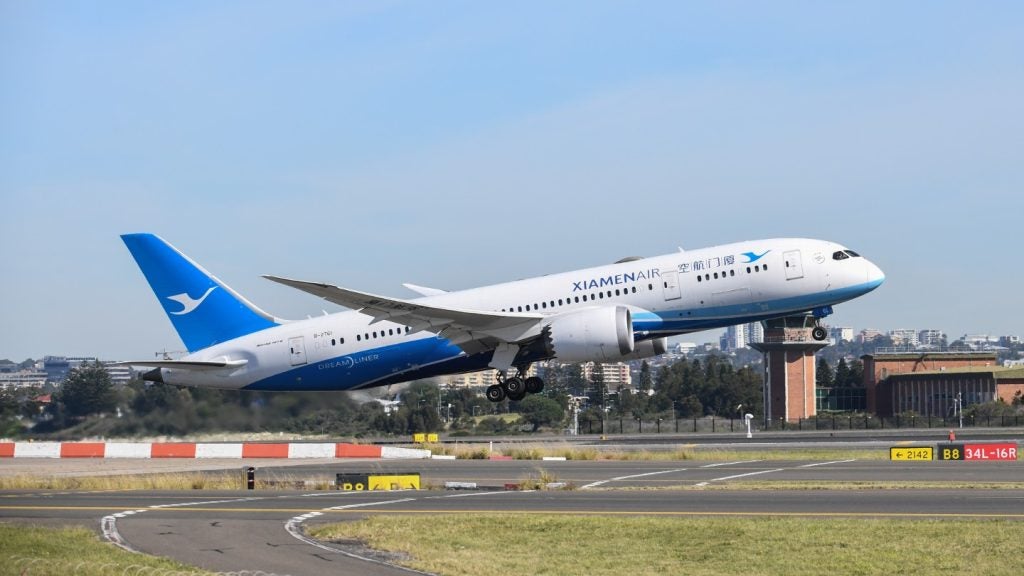
National Aeronautics and Space Administration (Nasa) is set to hold discussions regarding the deployment of its flight scheduling solution at Orlando International Airport (MCO) in Florida, US.
The installation is expected to enhance dependability for passengers, particularly during rush travel hours.
This project will be discussed between Nasa administrator Bill Nelson and the Greater Orlando Aviation Authority (GOAA) CEO Phil Brown.
In September, the Federal Aviation Administration (FAA) received Nasa’s Airspace Technology Demonstration 2 (ATD-2).
This solution will be installed at airports across the nation, including Orlando International Airport, starting from 2023.
See Also:
For almost four years, Nasa and the FAA were involved in the completion of surface operations research and testing to compute gate pushbacks via time-based metering at busy airports.
How well do you really know your competitors?
Access the most comprehensive Company Profiles on the market, powered by GlobalData. Save hours of research. Gain competitive edge.

Thank you!
Your download email will arrive shortly
Not ready to buy yet? Download a free sample
We are confident about the unique quality of our Company Profiles. However, we want you to make the most beneficial decision for your business, so we offer a free sample that you can download by submitting the below form
By GlobalDataThe solution allows the aircraft to roll straight to the runway and take off in order to eliminate excessive taxi and hold times, minimise emissions, fuel consumption and passenger delays.
The government agency aims to roll out this new software under its Terminal Flight Data Manager programme across 27 airports in the US.
In a statement, Nasa said: “Improved efficiency and shifting departure wait time from the taxiway to the gate saves fuel, reduces emissions and gives airlines and passengers more flexibility in the period prior to leaving the gate.”
Additionally, Nasa’s Airspace Technology Demonstration portfolio encompassed two other projects, which have concluded.
ATD-1 included new ground-based and flight deck technologies for facilitating the application of fuel-efficient measures throughout the whole flight’s arrival stage.
As of now, these solutions are in the final stages of deployment by FAA and the aviation industry.
Meanwhile, ATD-3 offered options for adjusting aircraft flight paths to pilots and air traffic managers on the basis of real-time input such as wind and weather settings and other air traffic.





